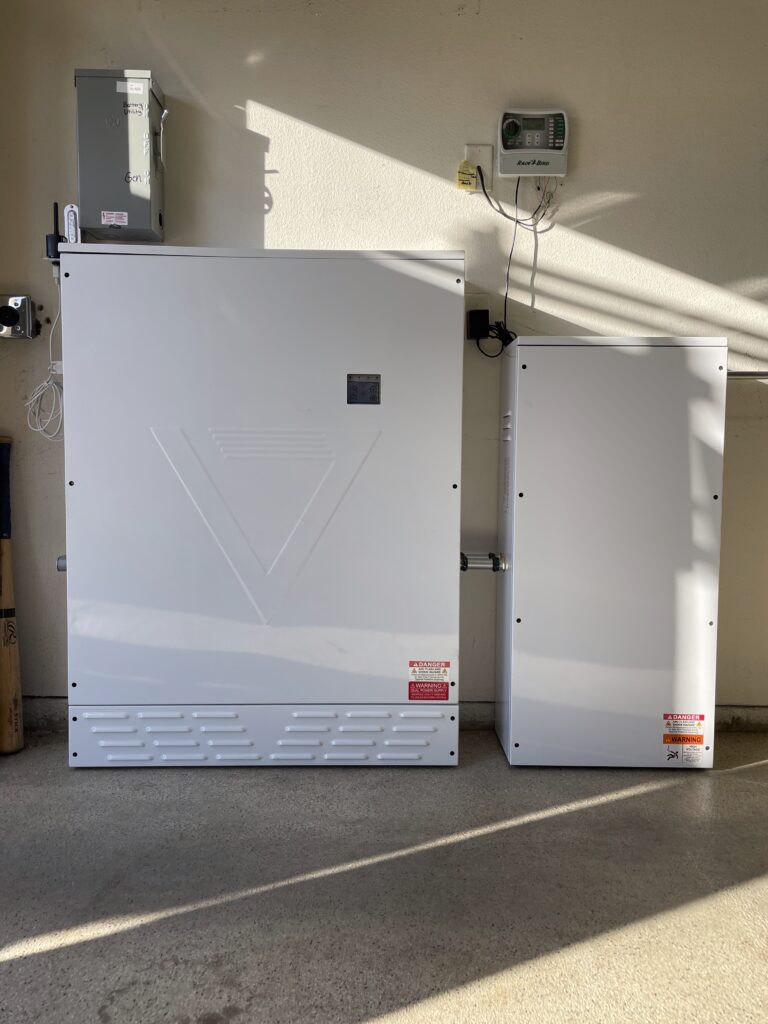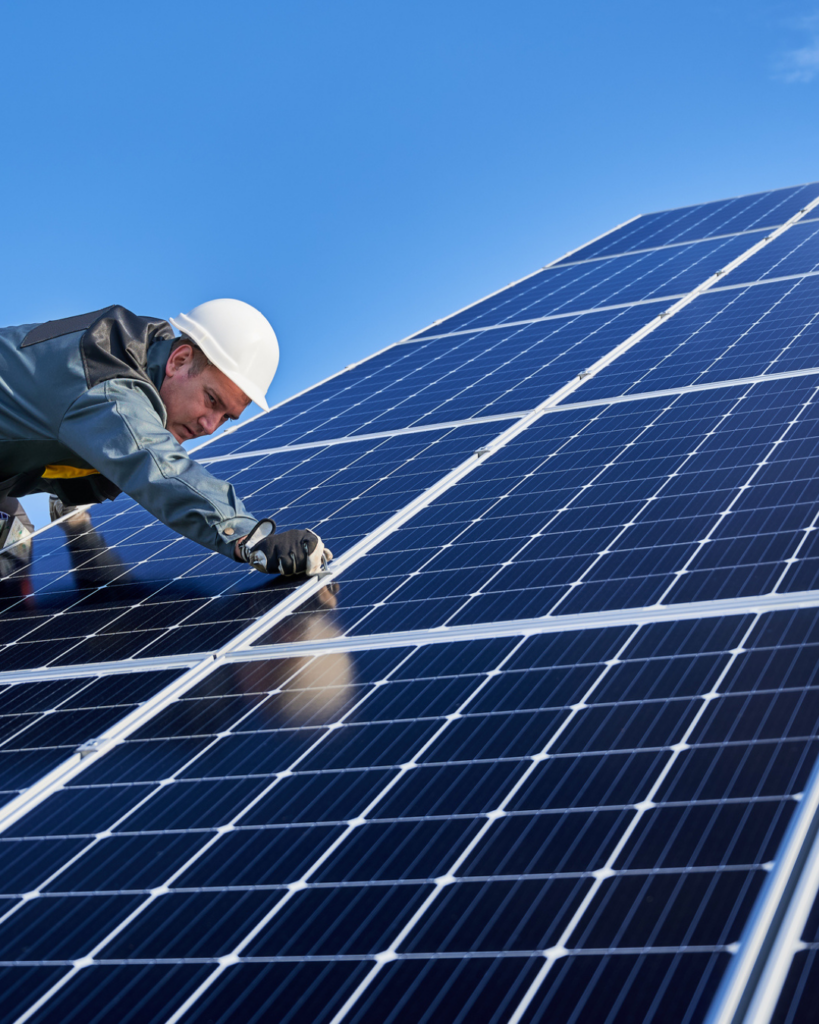1. Undersizing the Solar System
This is easily the most common—and costly—mistake.
A lot of homeowners assume all solar proposals are created equal. But if the system isn’t sized to match your actual energy usage, you’re going to fall short—and still end up with a utility bill.
Why It Happens:
- Some companies offer a smaller system to appear cheaper on paper
- Homeowners get multiple bids and choose the lowest price without understanding what they’re sacrificing
- There’s a misunderstanding about how much energy the system will actually offset
What It Costs You:
A smaller system might save you money upfront, but over time you’ll be paying the utility every month for the power your system doesn’t cover. That defeats the purpose of going solar in the first place.
How to Avoid It:
- Review your last 12 months of electricity usage
- Make sure the system is designed to offset 100% or slightly more
- Ask the contractor to explain why they sized it the way they did
At Supreme Solar and Electric, we always size systems based on actual usage—not arbitrary panel counts.
2. Undersizing the Battery Storage
With California’s NEM 3.0 policy, pairing solar with a battery is no longer optional—it’s essential.
But just like solar systems, not all battery setups are created equal. A battery that’s too small will leave you pulling from the grid at night—defeating the purpose of having one in the first place.
Why It Happens:
- Contractors cut corners to lower the bid price
- Homeowners don’t realize how fast a small battery can drain
- Battery storage isn’t explained properly during the proposal
What It Costs You:
Your battery gets depleted by 9 or 10 p.m., and your home switches over to utility power until sunrise. Doing this every night results in residual grid usage that shows up on your True-Up bill.
How to Avoid It:
We recommend sizing your battery to be 2 to 3 times the size of your solar system. For example, an 8 kW system should have 20 to 24 kWh of battery storage.
This ensures you can power your home all night without touching the grid—and take full advantage of your solar production.

3. Choosing the Wrong Financing Option
Another common mistake is choosing the wrong solar financing product. Many homeowners are pushed toward a PPA (Power Purchase Agreement) or a lease, even when a loan or cash purchase would save them more money long-term.
Why It Happens:
- Some sales reps only offer one financing option
- Homeowners don’t fully understand the long-term impact of leases vs. ownership
- There’s confusion between “no upfront cost” and actual savings
What It Costs You:
With a lease or PPA, you don’t own the system—you’re just buying power from it. That means:
- No federal tax credit
- No increase in home value
- Complications when selling the home
- Higher cumulative cost over time
How to Avoid It:
Ask for multiple financing options: PPA, lease, loan, and cash purchase. If you’re planning to stay in your home long-term, owning your solar system is almost always the better deal.
We’ll walk you through all of the options during our proposal process—and recommend what’s best for your specific goals.
4. Hiring an Out-of-Town or National Installer
Not all solar companies are created equal—and going with the cheapest or biggest name isn’t always best.
Many national solar companies subcontract their installations or send in traveling crews. Once your system is installed, good luck getting someone local to service it when something goes wrong.
Why It Happens:
- Big brands can be persuasive
- Out-of-town reps may promise “exclusive pricing” or fast installs
- Homeowners assume all companies offer the same level of service
What It Costs You:
- Delays in installation or inspection
- Poor workmanship or system design
- No local support when you need service or troubleshooting
- Potential warranty issues down the road
How to Avoid It:
Work with a licensed, local solar contractor who knows your city’s codes, your utility’s interconnection policies, and who will be there for you after the install.
Supreme Solar and Electric has offices and service teams in both Fresno and Palm Desert, so we’re always just a phone call away.
5. Ignoring Roof Condition or Electrical Panel Limitations
A solar system is only as strong as the roof it’s mounted to and the panel it’s connected to.
Too often, solar is installed on old or damaged roofs—which then need replacement a few years later. That means paying extra to remove and reinstall your system.
On the electrical side, homeowners with older or undersized breaker panels may not realize they need a main panel upgrade or a power control system to safely support solar and battery storage.
Why It Happens:
- These upgrades aren’t always mentioned in initial proposals
- Some companies don’t include roof or electrical evaluations in their process
- Homeowners want to avoid additional costs upfront
What It Costs You:
- Roof replacement after installation = added cost and hassle
- Electrical overloads or failed inspections
- Delayed activation or added costs for retroactive upgrades
How to Avoid It:
Before installing solar, inspect your roof condition and have your electrical panel evaluated. If needed, upgrading your panel or re-roofing at the same time can save thousands down the road.
We inspect both on every project and include recommendations as part of your customized quote.
6. Not Planning for Future Usage
A common oversight is designing a system based only on current usage, without factoring in how your energy needs may change.
What if you:
- Add an electric vehicle?
- Install a pool?
- Add an ADU or do a home addition?
- Switch from gas to electric appliances?
Your system might cover your usage now—but not later.
Why It Happens:
- Installers focus on past bills, not future needs
- Homeowners are unaware of how lifestyle changes affect energy demand
What It Costs You:
- You outgrow your system
- Need to buy more power from the grid
- Costly add-ons or battery upgrades later
How to Avoid It:
Talk with your contractor about your future energy plans—even if they’re a few years away. A little extra capacity in your system or battery now can future-proof your investment.
7. Skipping Post-Installation Monitoring and Maintenance
The install isn’t the end of the story. Monitoring your system and maintaining it properly is key to keeping it running at peak performance for 25+ years.
Yet many homeowners:
- Don’t activate their monitoring app
- Don’t notice when production drops
- Skip regular system cleanings
Why It Happens:
- The installer doesn’t provide training on monitoring
- There’s no follow-up or service from the installer
- Homeowners assume it “just works” forever
What It Costs You:
- Months (or years) of lost production
- Missed warranty claims
- Gradual decline in system performance
How to Avoid It:
Make sure your installer sets you up with a monitoring app (like Tesla, Enphase, SolarEdge, or NeoVolta) and shows you how to track performance.
We also recommend annual cleanings and checkups, especially in dusty or dry regions like the Central Valley.
Supreme Solar and Electric offers ongoing support, system monitoring, and maintenance services to keep your system performing like new.

Final Thoughts: Do It Right the First Time
Going solar is a big decision—and one of the best ones you can make as a homeowner. But it’s not just about getting panels on your roof. It’s about designing a system that works for your life, saves you money, and lasts for decades.
Avoiding these seven common mistakes will put you miles ahead of the average solar buyer—and set you up for long-term success.
Work with a Trusted Local Contractor
At Supreme Solar and Electric, we’ve helped hundreds of California homeowners avoid the pitfalls and get solar systems that truly work.
From accurate system sizing to battery design, local service to financing that fits your future—we’ve got you covered.






